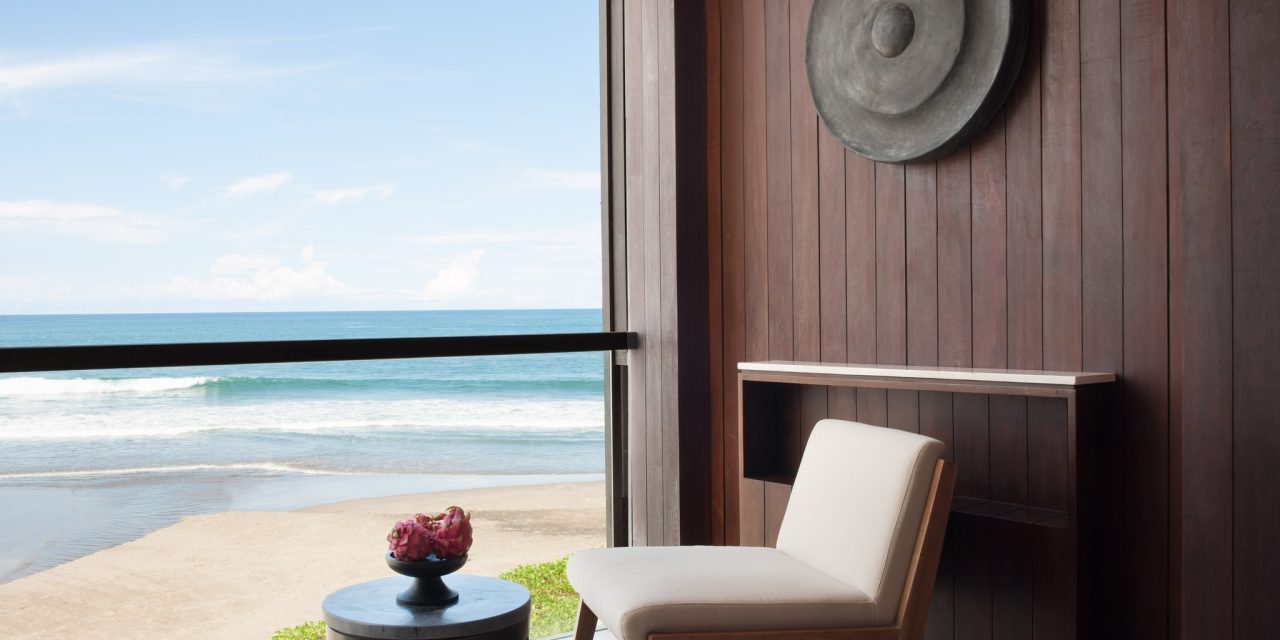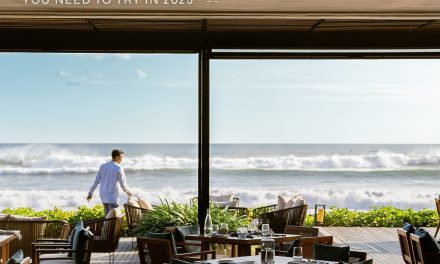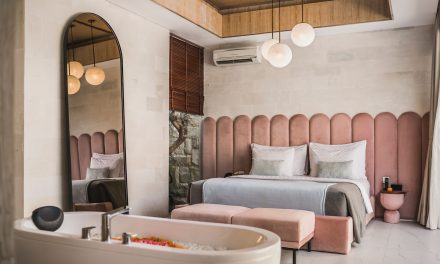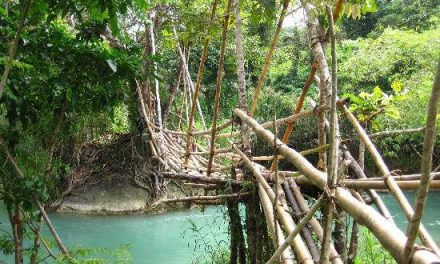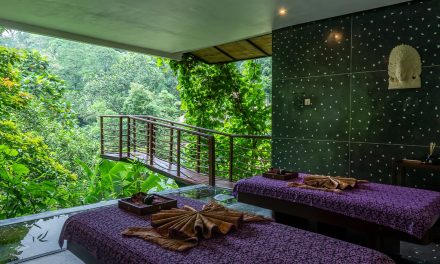Ah, Ubud! The heart of Bali, a place where lush rice terraces, stunning volcanic hills, and vibrant culture come together to create a photographer’s paradise. I remember my first visit to Ubud; the sun began to rise over the emerald terraces, casting golden hues across the landscape, and I had an instinctual craving to capture every breathtaking moment. If you’re heading to Ubud and looking to bring home not just memories but stunning photographs, it’s crucial to have the right gear. Let’s dive into the best photography gear for Ubud landscapes.
1. Camera Body
DSLR or Mirrorless?
When I first started in photography, I used a bulky DSLR. It served me well, but as I explored the winding paths of Ubud, I found myself wishing for something lighter. Now, I swear by my mirrorless camera. They’re compact, lightweight, and produce stunning images. If you’re deciding between the two, here’s what I recommend:
– Canon EOS R or Sony A7 III: Both are fantastic mirrorless options packed with features that yield excellent results in various lighting conditions. Imagine standing at the edge of the Tegalalang Rice Terraces, where the morning light dances across the fields—you want a camera that can handle it!
2. Lenses
Prime vs. Zoom?
During my journey, I discovered the power of good lenses. Ubud offers a plethora of landscapes, from sweeping rice fields to intimate temple settings. Here are some of my go-to lenses:
– Wide-Angle Lens (16-35mm): Essential for capturing the vastness of the landscapes. I once stood at the Tegallalang Rice Terraces with my wide-angle lens—the ability to frame the entire scene was exhilarating. I could feel the depth and scale, making my photos come alive.
– Telephoto Lens (70-200mm): Perfect for isolating details and compressing landscapes. You might spy a Balinese farmer working in the fields from afar; a telephoto lens will help you capture those intimate moments while still respecting their space.
3. Tripod
Stability First
A sturdy tripod is a must-have, especially for sunrise and sunset shots or long exposure photography at Ubud’s waterfalls like Tegenungan. I still remember braving the early morning to catch the sunrise at Campuhan Ridge Walk. Setting up my tripod to capture the soft glow of the sun rising over the hills made all the difference. Look for a lightweight yet durable tripod, as you’ll want it to be easy to carry on those hikes around Ubud.
4. Filters
Essential for Landscapes
If you’re serious about landscape photography, investing in filters can elevate your shots significantly. Here are two that I always keep on hand:
– Polarizing Filter: This reduces reflections and enhances colors. Picture this: you’re standing in a bamboo forest; the greens are vivid, but the light is harsh. A polarizing filter will make those colors pop and increase contrast, giving your photos that extra zing.
– ND (Neutral Density) Filter: Ideal for long exposures, especially when shooting waterfalls or rice terraces in bright sunlight. I remember capturing the soft, flowing water at Tegenungan waterfall using an ND filter—transforming chaotic splashes into smooth silk was magic!
5. Backpack
Carry Your Gear Comfortably
A good camera backpack is essential, especially if you plan on hiking those picturesque trails. Look for something spacious yet organized—think hydration reservoir and plenty of compartments for your camera body, lenses, filters, and personal items. I learned this the hard way when I brought an unstructured bag to my first river rafting trip in Ubud. My gear was all over the place, and I missed capturing a perfect moment. Now, I swear by my camera backpack that keeps everything neat and accessible.
6. Editing Software
Enhancing Your Creations
Once you’ve taken your shots, editing becomes the next step to really bring your Ubud photographs to life. Programs like Adobe Lightroom or Photoshop are industry standards for a reason. I often spend nights editing my Ubud photos, adjusting light, enhancing colors, and sharpening details.
A tip from my experience: If you plan to use one of those Instagram presets, always tweak it further. The colors of Ubud are unique, and each sunrise and sunset brings a new palette to your photos. Make them personal!
Practical Advice for the Jungle
When exploring Ubud’s stunning landscapes, don’t forget about the weather. It can be quite humid, and rain showers often catch you by surprise. Here’s a tip: water-resistant gear or a rain cover for your camera can be lifesavers. I had one memorable experience where I’d left my rain cover behind; my camera got lightly drizzled, and I spent the rest of the day nursing my equipment and praying it would survive!
Conclusion: Immerse in the Experience
As you plan your photography trip to Ubud, remember that gear is important, but the core of great photography is experiencing the moment. Get lost in the landscapes, connect with the locals, and don’t be afraid to experiment. I often find my best shots come unexpectedly when I’m fully immersed in the beauty around me. Whether it’s a bustling market scene or a serene sunset, let your heart guide your camera.So pack your bags, gather your gear, and prepare to be inspired by the stunning landscapes of Ubud. You’re about to create some unforgettable memories! Happy shooting!

